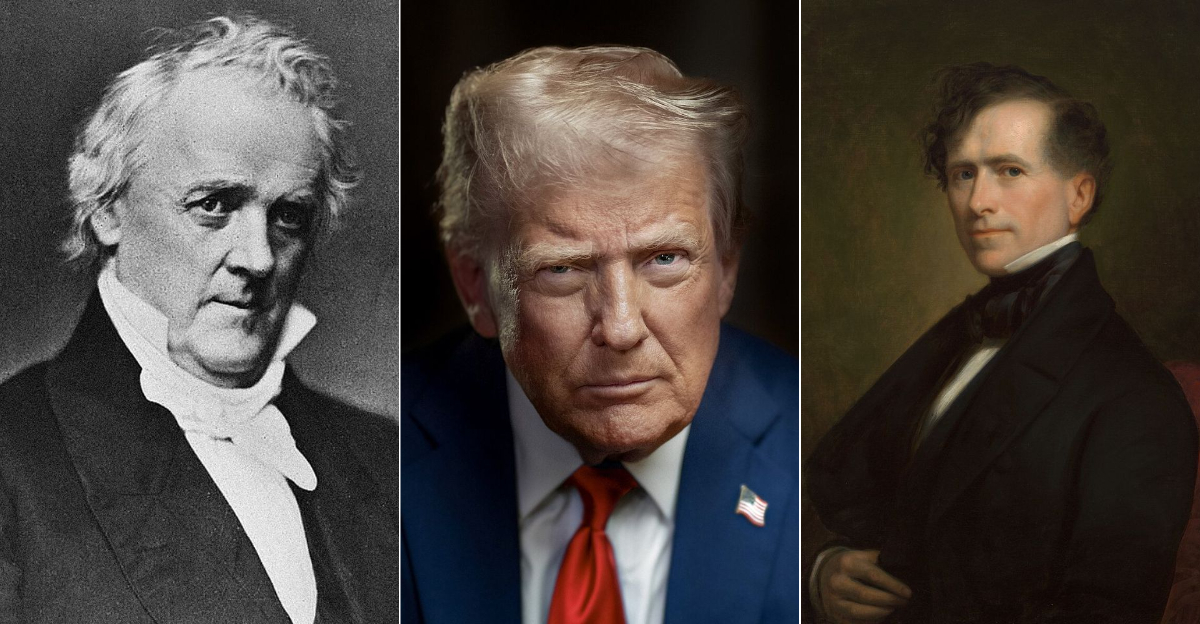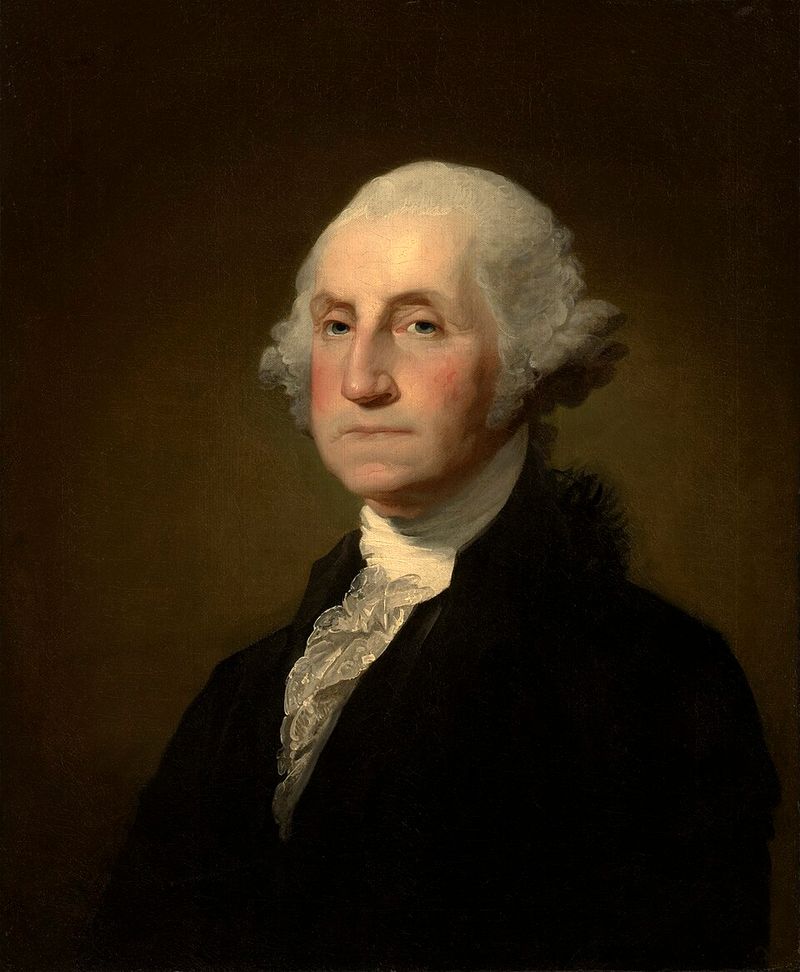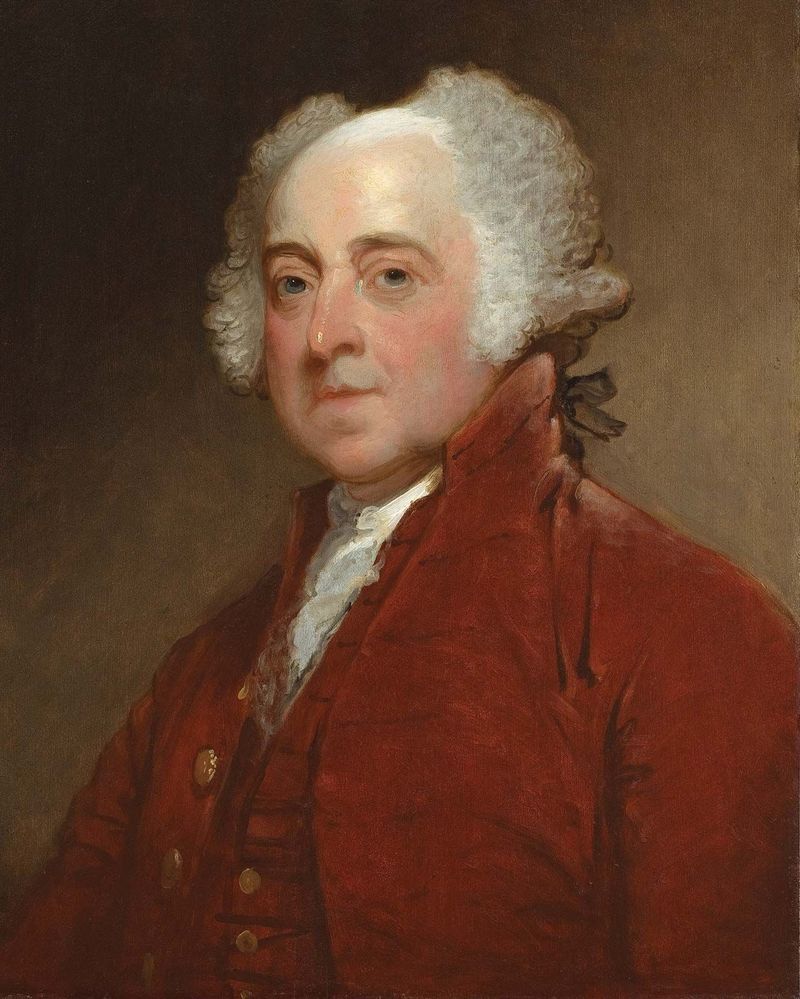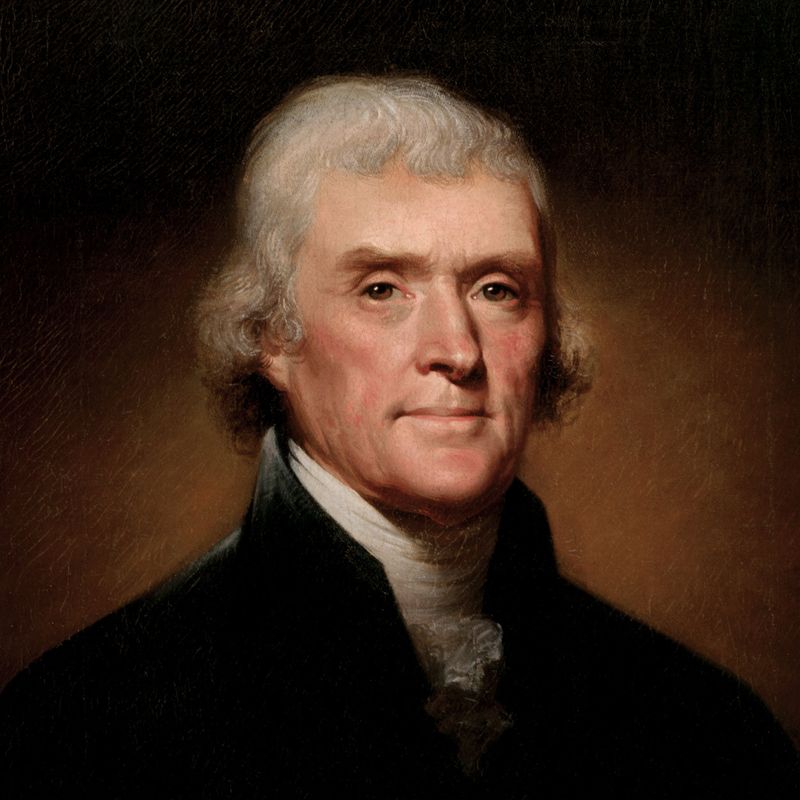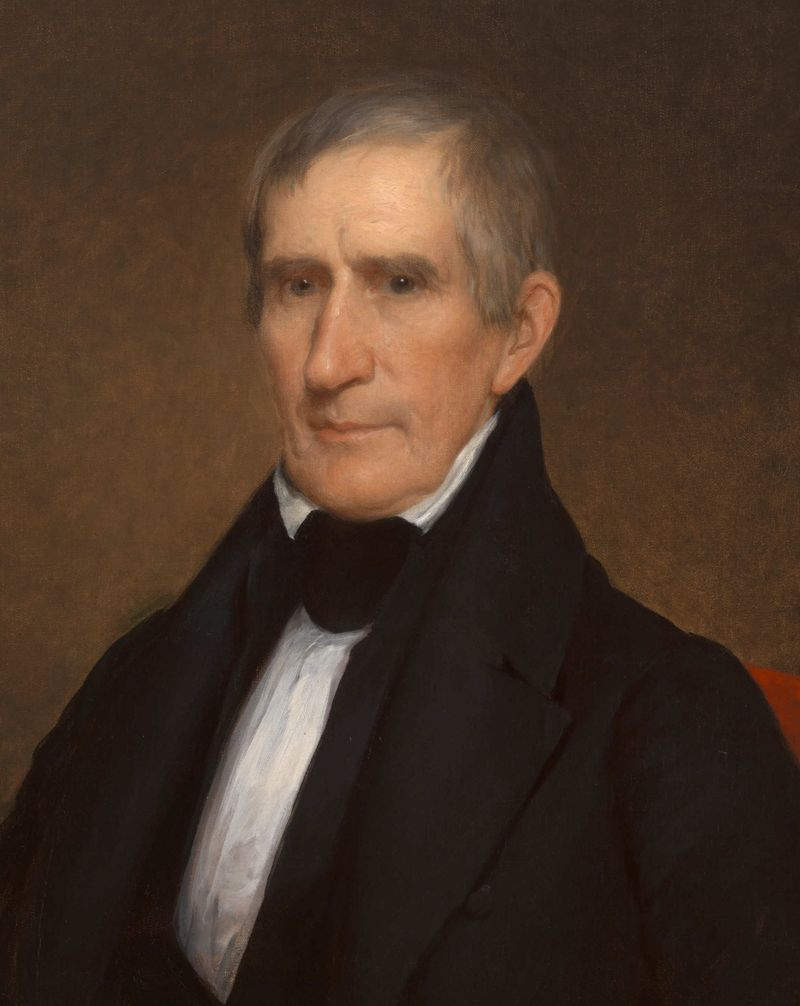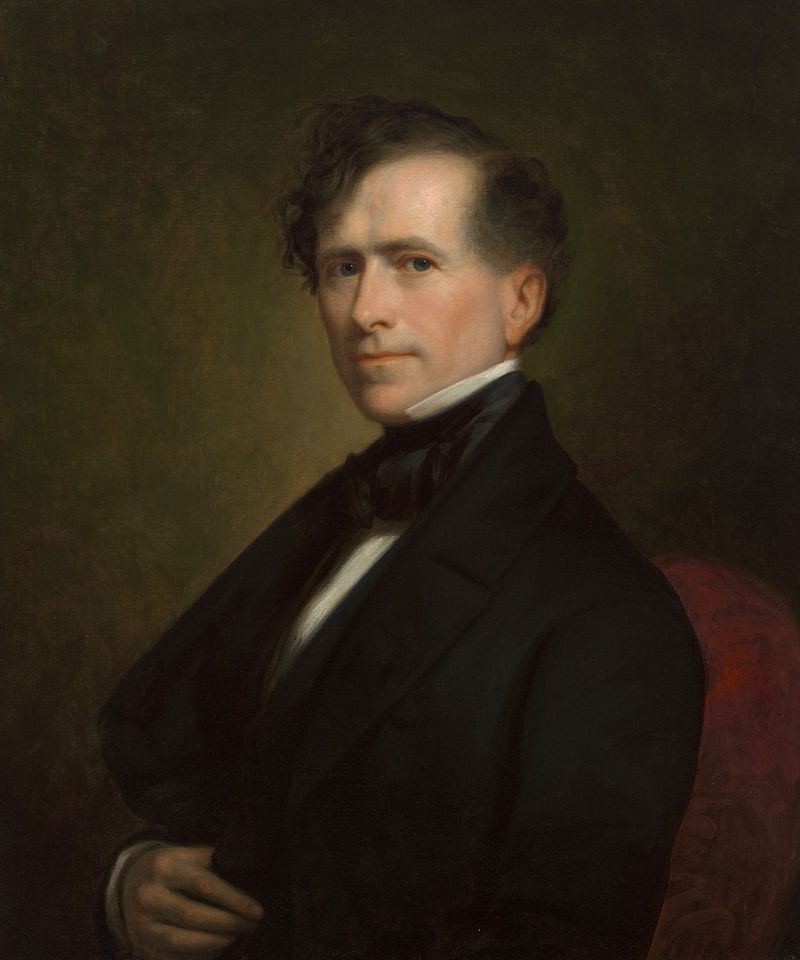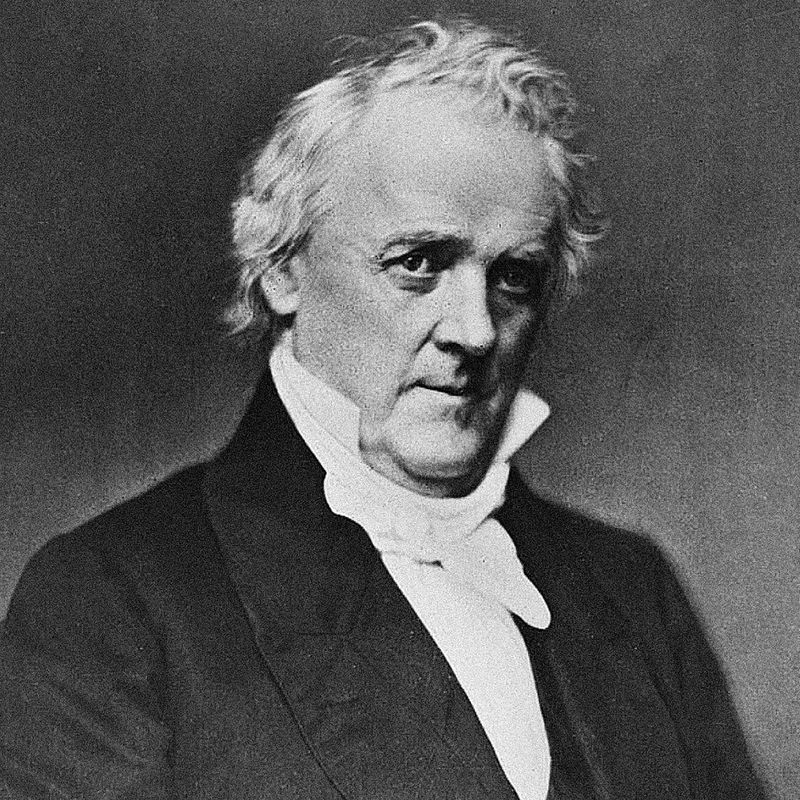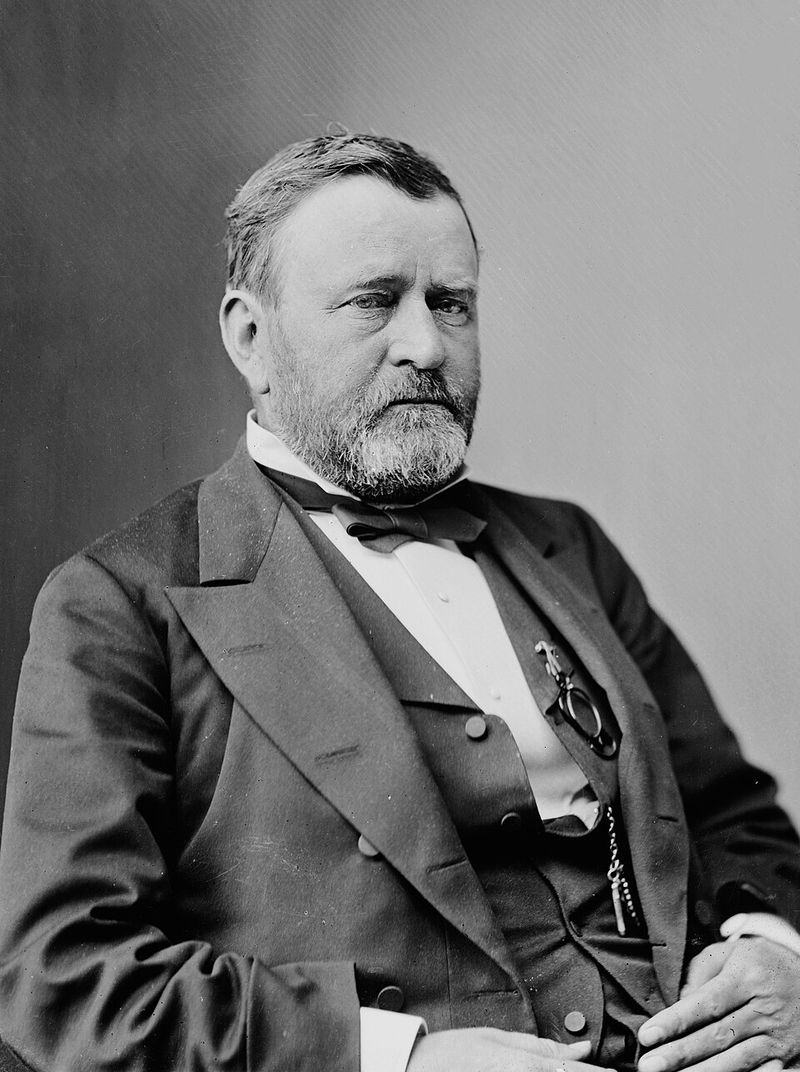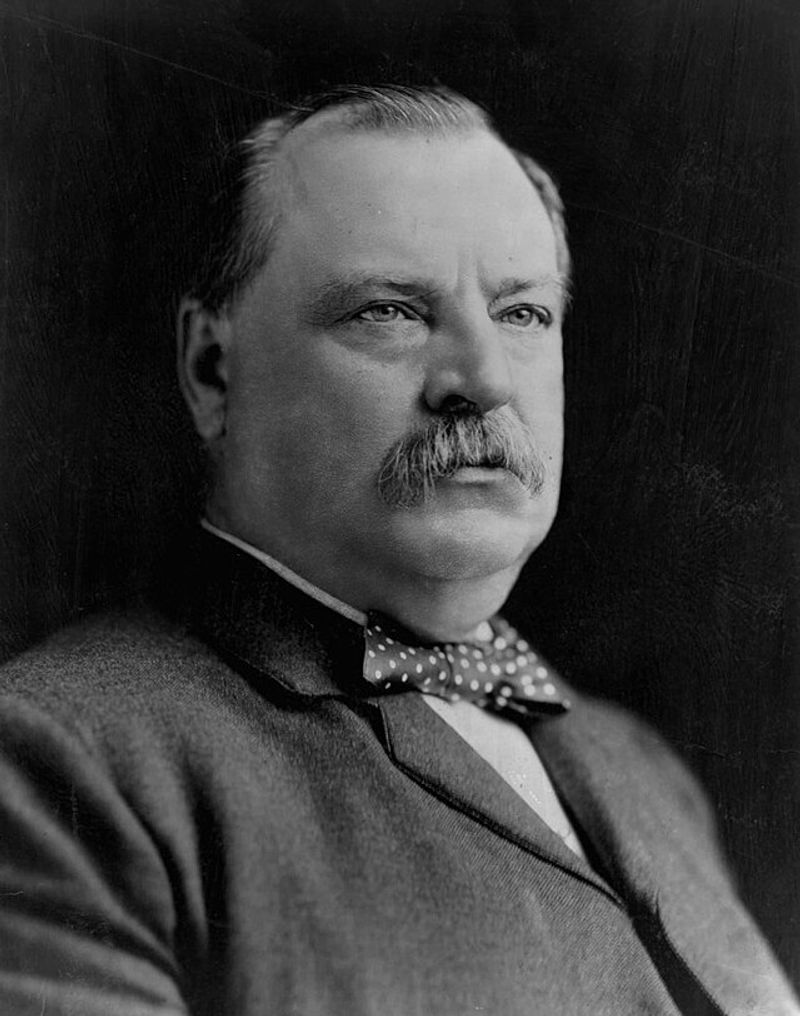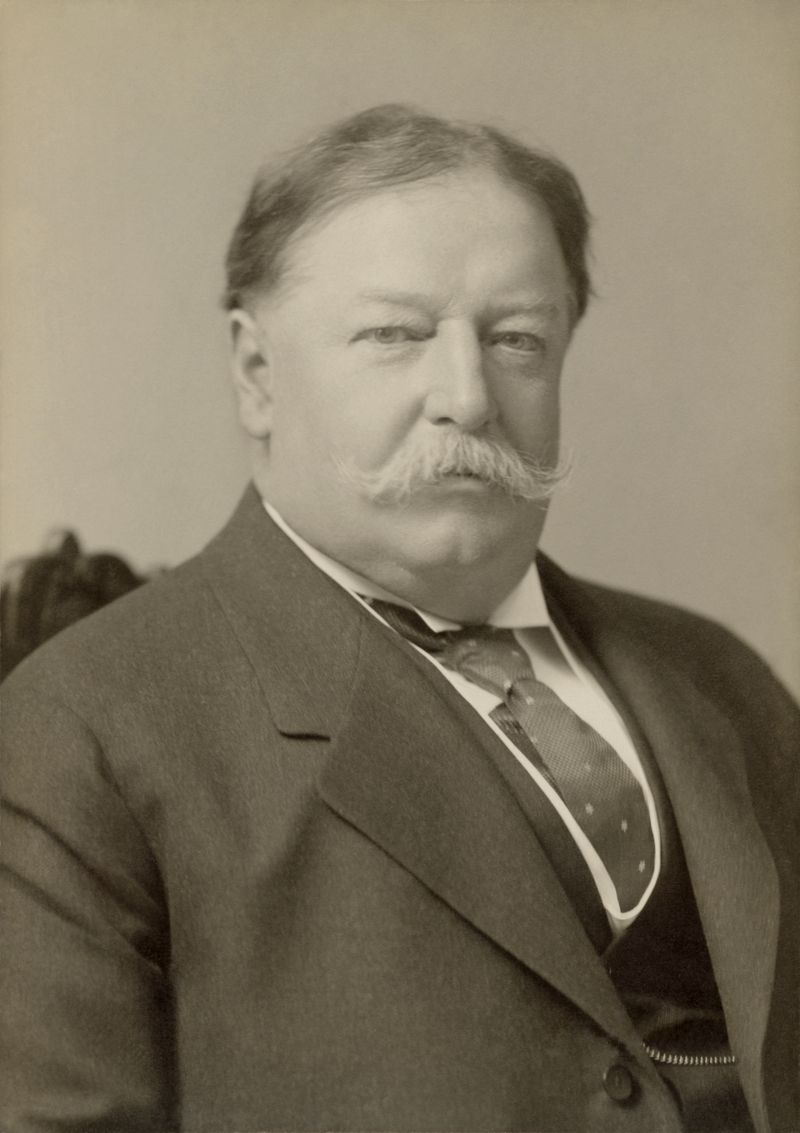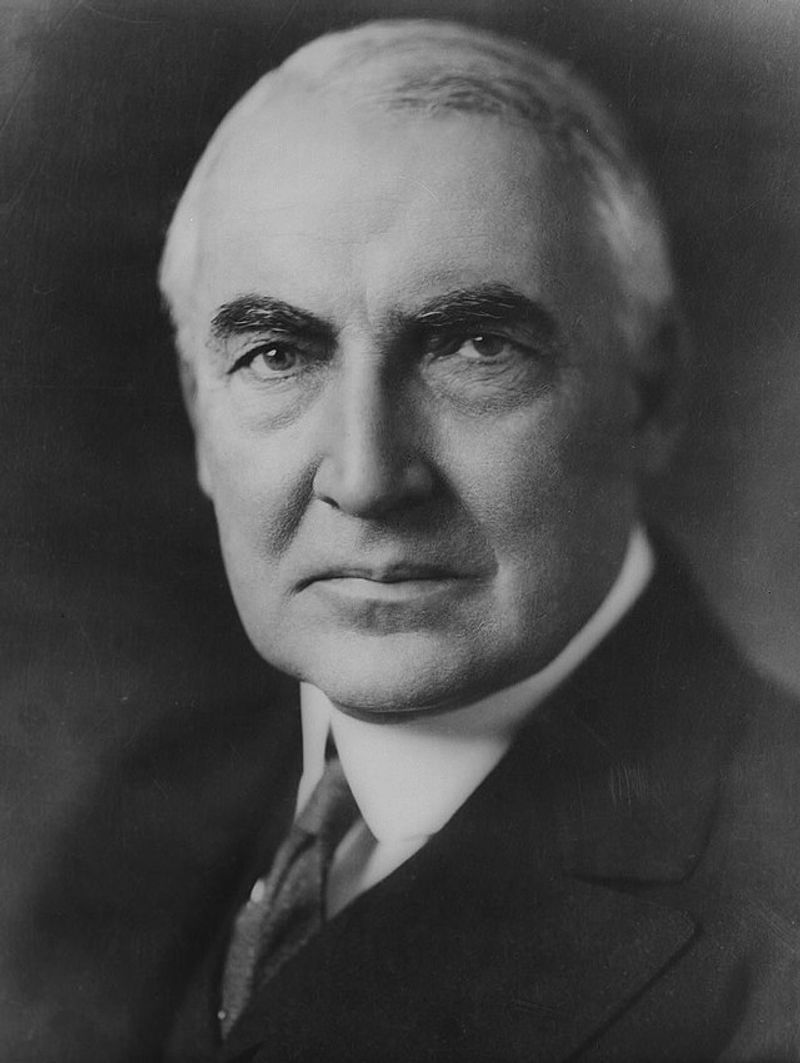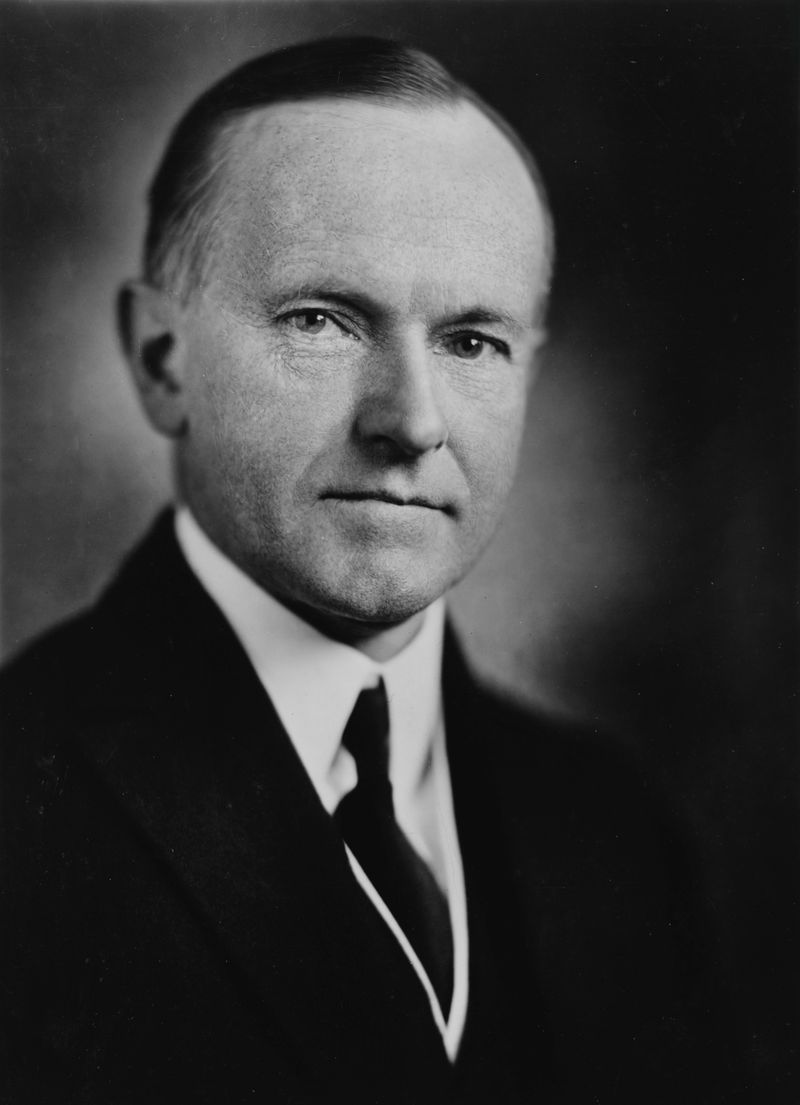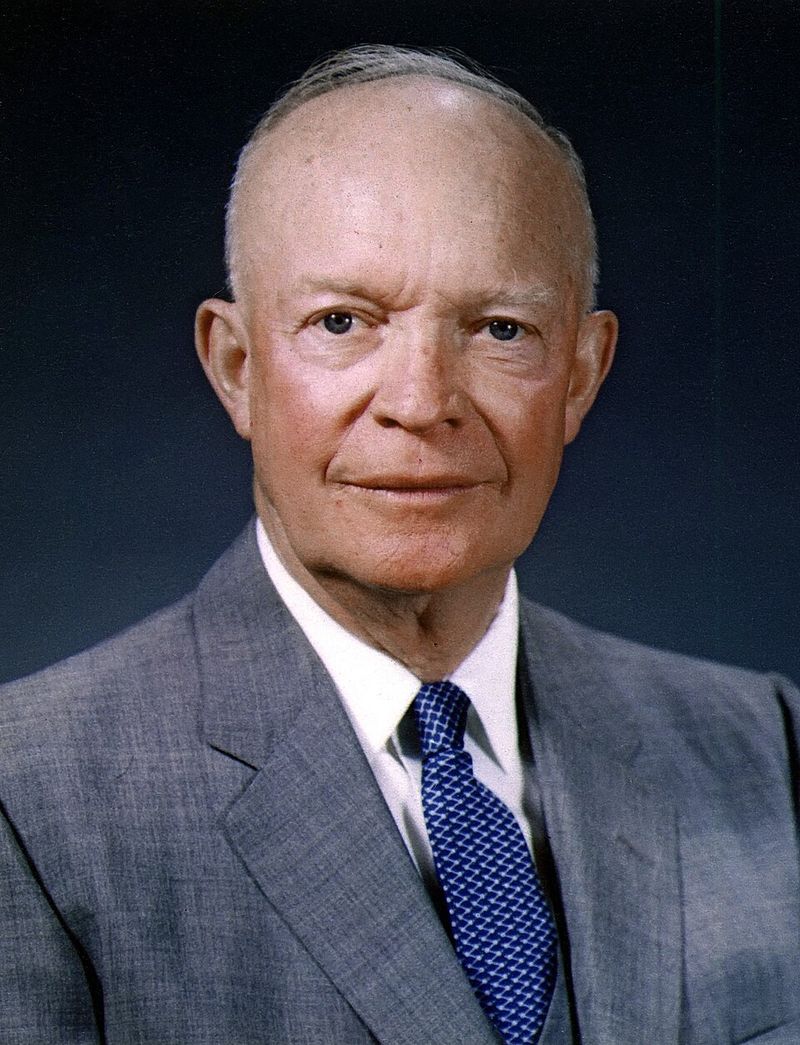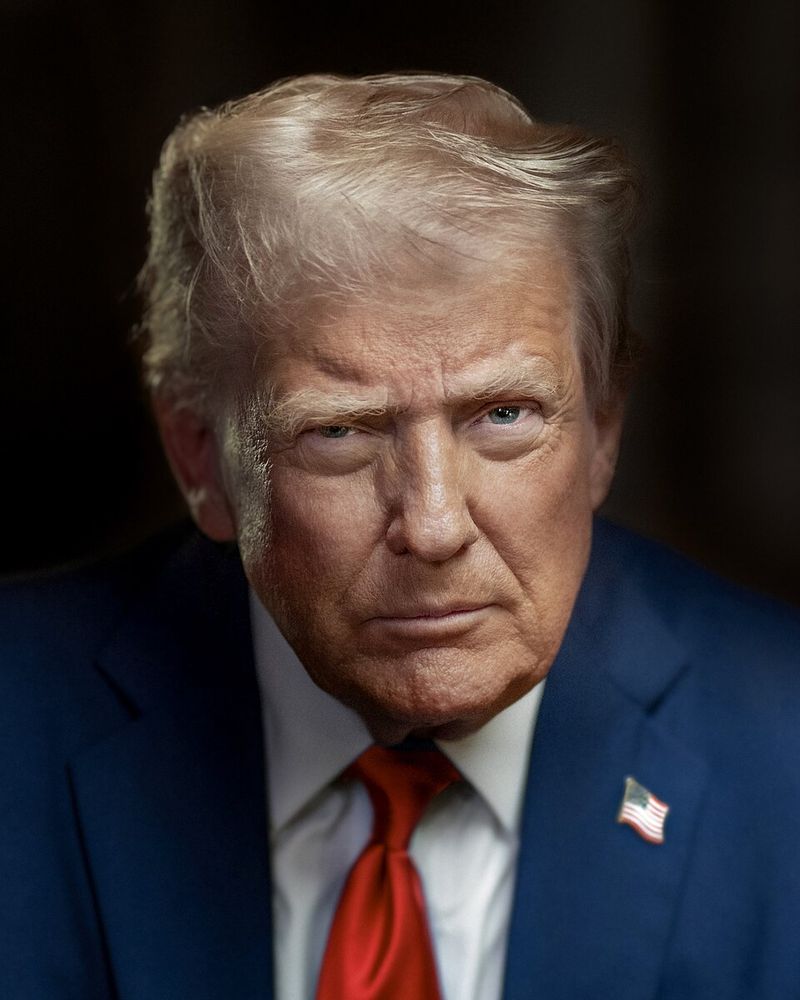Presidents aren’t just known for their policies and leadership; some have made history with their unique eating habits. From nutty obsessions to hearty breakfasts and unusual feasts, these presidential dietary quirks add a flavorful twist to their legacy. Let’s explore 13 quirky eating habits that are as memorable as the presidents themselves.
1. George Washington’s Obsession with Nuts
George Washington had an insatiable love for nuts, particularly hazelnuts. His obsession was so profound that he often carried pockets full of these snacks. During meetings, he would casually crack open nuts, perhaps as a means of contemplation or simple indulgence. This habit was more than a mere distraction; it was a quirky trait that humanized the revered president. Washington’s fondness for nuts reflects his down-to-earth personality—a leader who found joy in the simple pleasures of life. Did you know? Hazelnuts were believed to symbolize wisdom and inspiration, fitting for a man of his stature.
2. John Adams Drank Cider for Breakfast
John Adams began each day with a tankard of hard cider, believing it was a healthier choice than water. In colonial times, the safety of drinking water was questionable, and cider offered a fermented, safer alternative. This ritual was not just a matter of preference, but a reflection of his times and the practical choices leaders faced. Adams’ morning cider routine paints a picture of an era where tradition and survival intertwined. Did you know? Hard cider was a staple in colonial America, often consumed more than water due to its preservation properties.
3. Thomas Jefferson’s Ice Cream Obsession
Thomas Jefferson’s love for ice cream was legendary. He popularized this delightful dessert in America, serving it at extravagant events. At Monticello, he constructed a special ice house to keep this frozen treat readily available. One of his most famous feats was hosting a 34-flavor ice cream feast—an indication of his innovative and indulgent spirit. Jefferson’s penchant for ice cream represents his passion for culinary arts and cultural exploration. Did you know? Jefferson’s handwritten recipe for vanilla ice cream is one of the oldest known recipes in the United States.
4. William Henry Harrison’s Fatal Raw Milk
William Henry Harrison’s inauguration day choices may have sealed his fate. He braved the freezing rain coatless, followed by drinking raw milk—decisions that possibly led to his untimely demise from pneumonia just 31 days after taking office. This tragic tale highlights the stark realities of 19th-century health practices. In a time when pasteurization was unknown, raw milk held hidden dangers. Harrison’s story serves as a poignant reminder of the precarious nature of life in the past. Did you know? Harrison holds the record for the shortest presidency in U.S. history.
5. Franklin Pierce’s Hardcore Drinking
Franklin Pierce’s reputation for heavy drinking is part of his presidential legacy. He reportedly arrived at his own inauguration inebriated, a testament to his fondness for alcohol. Pierce’s drinking habits were so pronounced that he once declared, “There’s nothing left to do but get drunk.” This candid acknowledgment of his dependence paints a vivid picture of a man struggling with personal demons, amidst the pressures of leadership. Did you know? Despite his drinking, Pierce completed his term without any major scandals, maintaining his political responsibilities.
6. James Buchanan’s 10-Egg Omelets
James Buchanan’s breakfast preferences were nothing short of extraordinary. He regularly consumed 10-egg omelets, lavishly filled with bacon and fried potatoes. This hearty meal might seem excessive, yet it epitomized Buchanan’s indulgent culinary tastes. His breakfast habit reflects a time when lavish dining was a mark of status and hospitality. Did you know? Buchanan was a lifelong bachelor, often hosting elaborate dinners as a means of political networking and social engagement.
7. Ulysses S. Grant’s Coffee Addiction
Ulysses S. Grant’s dependence on coffee was as intense as his military campaigns. During the Civil War, he consumed over 20 cups a day, a habit that fueled his leadership but concerned his doctors. When advised to cut back, Grant replaced coffee with cigars, smoking up to 20 a day. This switch marks a transition from one vice to another, illustrating the personal sacrifices leaders often make. Did you know? Grant’s coffee habit was so notorious that his soldiers often gifted him with coffee beans as a token of appreciation.
8. Grover Cleveland’s Beer Belly
Grover Cleveland’s love for beer was legendary, leading to the installation of a keg in the White House. His fondness for this beverage saw his weight soar to over 250 pounds, earning him a notable beer belly. This preference for beer reflects a time when alcohol was a common comfort and social lubricant. Cleveland’s story underscores the intersection of personal indulgence and public duty. Did you know? Cleveland is the only U.S. president to serve two non-consecutive terms, a testament to his enduring political appeal despite personal quirks.
9. William Howard Taft’s Whole Roast Chicken Snack
William Howard Taft, the heaviest U.S. president, was known for his substantial appetite. A memorable midnight snack involved consuming an entire roast chicken, a meal that mirrored his larger-than-life persona. This indulgence hints at a broader theme of excess and satisfaction, characteristics that defined much of Taft’s public and private life. Did you know? Taft’s weight was such a significant issue that he once got stuck in the White House bathtub, prompting a custom larger one to be installed.
10. Warren G. Harding’s Bootleg White House Parties
Warren G. Harding defied Prohibition with bootleg parties in the White House. Despite the national ban, he stocked illegal whiskey, making the executive residence a hub of revelry. These gatherings, complete with poker nights, were emblematic of Harding’s laissez-faire approach to leadership. His penchant for indulgence reflects a period of change and challenge in American history. Did you know? Harding’s administration was marred by scandals, yet these social escapades remained a lesser focus, overshadowed by political controversies.
11. Calvin Coolidge’s Picky Eating
Calvin Coolidge’s selective palate was well-known. He had a peculiar affection for pancakes drenched in maple syrup and a disdain for vegetables unless boiled to oblivion. This idiosyncratic eating style suggests a preference for simplicity and comfort, traits that defined his presidency. Coolidge’s dietary choices offer insight into a man who valued tradition and consistency. Did you know? Coolidge was the first president to have his inauguration broadcast on radio, a nod to his forward-thinking despite traditional tastes.
12. Dwight Eisenhower’s TV Dinners
Dwight Eisenhower embraced the convenience of TV dinners, a novel trend during his presidency. These pre-packaged meals reflected the post-war era’s fascination with innovation and efficiency. Eisenhower’s preference for TV dinners symbolized a shift towards modernity, mirroring the rapid technological advancements of the time. Did you know? Ike’s love for these meals helped popularize them across America, aligning with his reputation for practicality and progress.
13. Donald Trump’s Fast Food Banquets
Donald Trump’s affinity for fast food culminated in a memorable banquet for the Clemson football team, featuring McDonald’s, Wendy’s, and Burger King. His reasoning? “I like it, so I assume other people like it,” he stated. This choice highlighted his populist approach and connection to everyday American culture. Fast food, to Trump, was not just about convenience but a symbol of American consumerism and choice. Did you know? Trump’s fast food feast was served on silver platters, blending casual with the ceremonial.
